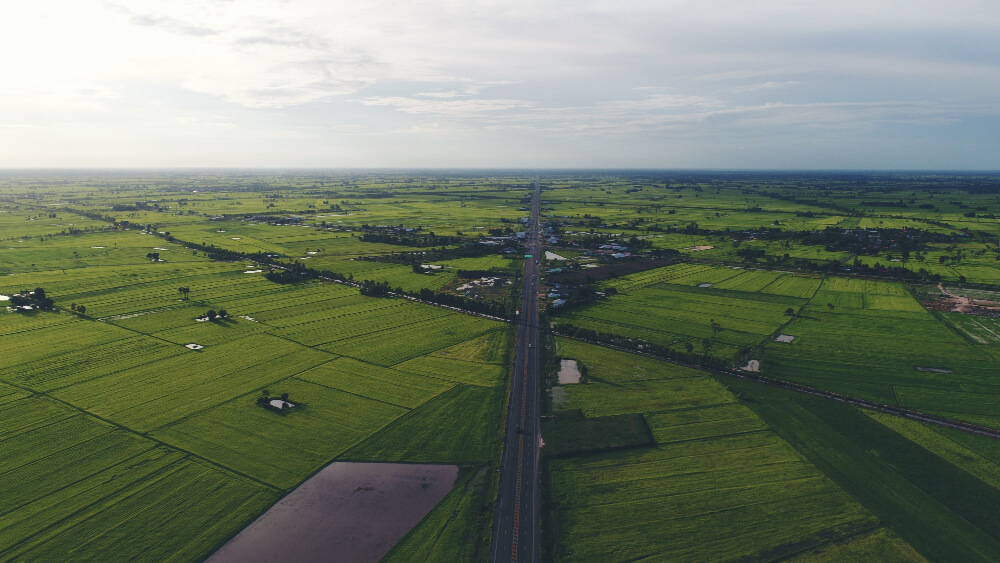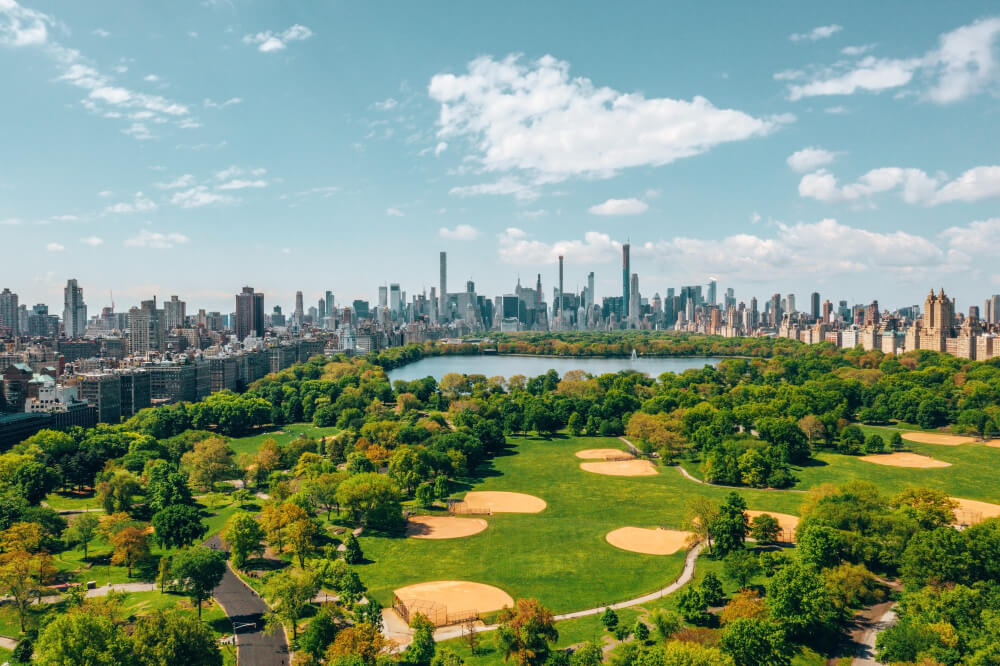Investing in land is a great way to build wealth, but should you buy vacant land or developed land? Each option has its pros and cons, depending on your goals. Let’s explore the differences to help you make an informed decision.
What Is Vacant Land?
Vacant land is undeveloped property without buildings, utilities, or infrastructure. Investors buy vacant land for future appreciation, agriculture, or development.
Pros of Investing in Vacant Land:
- Lower Purchase Cost: Vacant land is usually cheaper than developed properties.
- Minimal Maintenance: No buildings mean no maintenance, repairs, or tenants.
- Appreciation Potential: If located in a high-growth area, land value can increase significantly.
Cons of Investing in Vacant Land:
- No Immediate Income: Unlike rental properties, vacant land does not generate passive income.
- Zoning Restrictions: Some land may have zoning limitations that prevent development.
- Longer Selling Process: Finding buyers for raw land can take time.
What Is Developed Land?
Developed land has infrastructure, utilities, or buildings, making it ready for residential, commercial, or industrial use.
Pros of Investing in Developed Land:
- Immediate Income: Rental properties or commercial spaces generate revenue.
- Higher Market Demand: More buyers are interested in developed land.
- Easier Financing: Banks are more willing to finance developed properties.
Cons of Investing in Developed Land:
- Higher Costs: Purchase prices, maintenance, and taxes are higher.
- Management Responsibilities: Properties require upkeep and tenant management.
- Market Fluctuations: Economic downturns can impact property values.
Which Option Is Right for You?
- If you want long-term appreciation with minimal upkeep, vacant land may be the better choice.
- If you prefer immediate income and resale potential, developed land is the way to go.
Before investing, research the location, zoning regulations, and market demand to make a smart decision.



